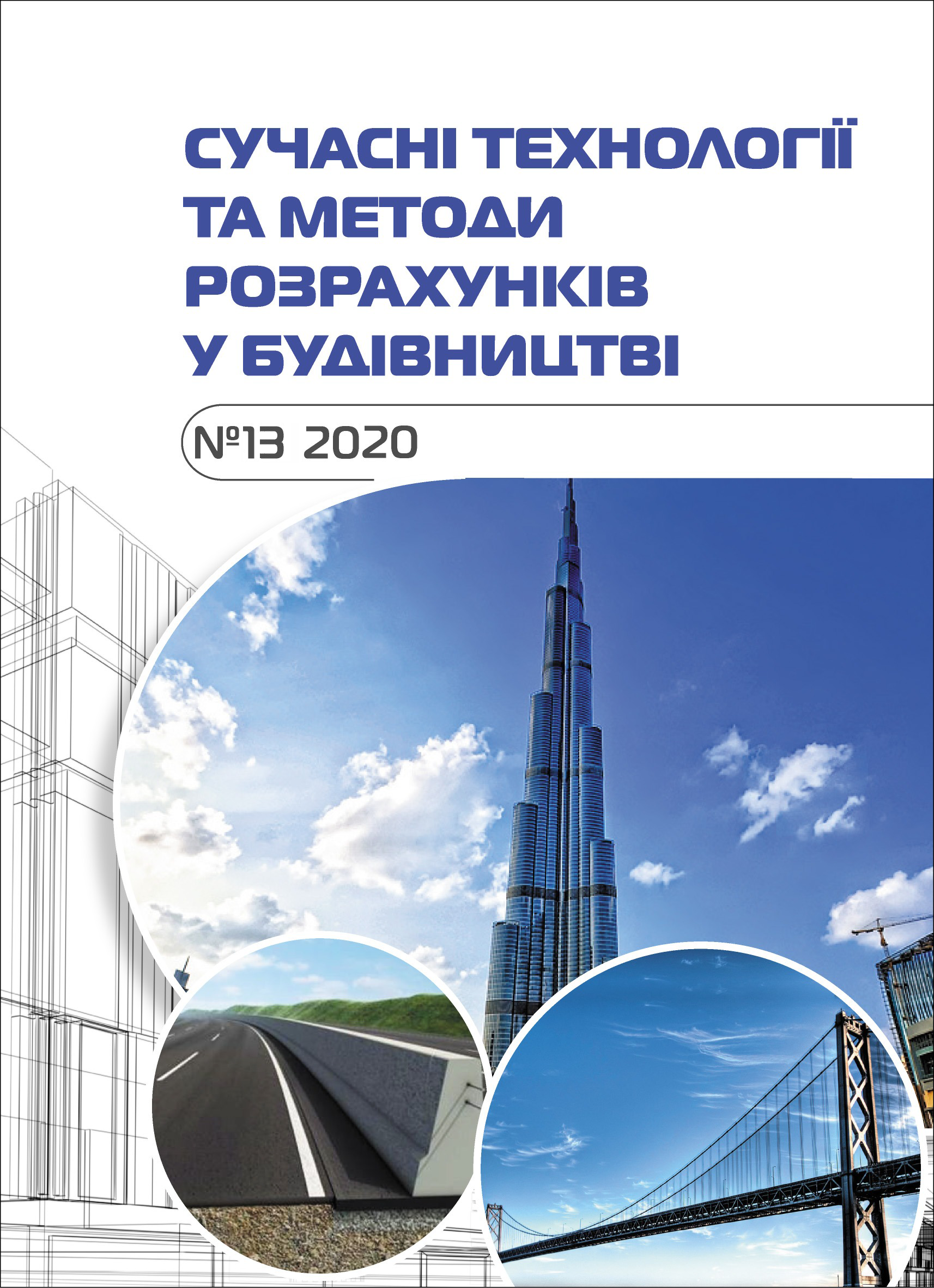Design of energy efficient building structures on the basis of numerical modeling of temperature bridges
Abstract
In connection with the depletion of natural energy reserves, the urgency of the problem of saving fuel and energy resources and improving the energy efficiency of buildings is growing. To solve this problem, it is necessary to implement a variety of energy-saving measures and apply design solutions with increased energy efficiency.
Purpose of the paper: on the basis of a numerical experiment to investigate and compare the energy efficiency of design solutions for the elimination of the cold bridge in the junction of the floor slab and balcony slab.
A balcony can serve as a cold bridge. Its load-bearing structure is a reinforced concrete slab connected to the floor slab. This is a necessary condition for the installation of the balcony so that it can perceive the operating load. Thus, the balcony is a potential place for the formation of a cold bridge.
Insulation of the balcony slab can be done in different ways, each of which has its own advantages and features of implementation. Among the insulation options for comparison, two were adopted, which are based on the insulation of the balcony slab and the use of a thermal cut-off system - a heat-insulating element.
The paper considers three options for a constructive solution of the connection of the floor slab and balcony slab: option 1 - without any energy efficiency measures (for comparison with energy efficiency); option 2 - insulation of the cantilever part of the balcony slab with extruded polystyrene foam 50 mm thick; option 3 - the use of a system of thermal cutting of the balcony slab from the floor slab with a thermal insert 50 mm thick.
Based on the results of the numerical simulation of the three variants of the node, it can be concluded that only variant 3 satisfies all the requirements of DBN.
In terms of the amount of heat lost due to the considered node designs in the cold season, the 3rd option is almost twice as energy-efficient as the 2nd option and three times more energy-efficient than the 1st option, according to the criterion of minimum energy flow.
Thus, to eliminate cold bridges in the junctions of floor slabs and balconies, it is advisable to give preference to design solutions based on the principle of thermal cut-off.








